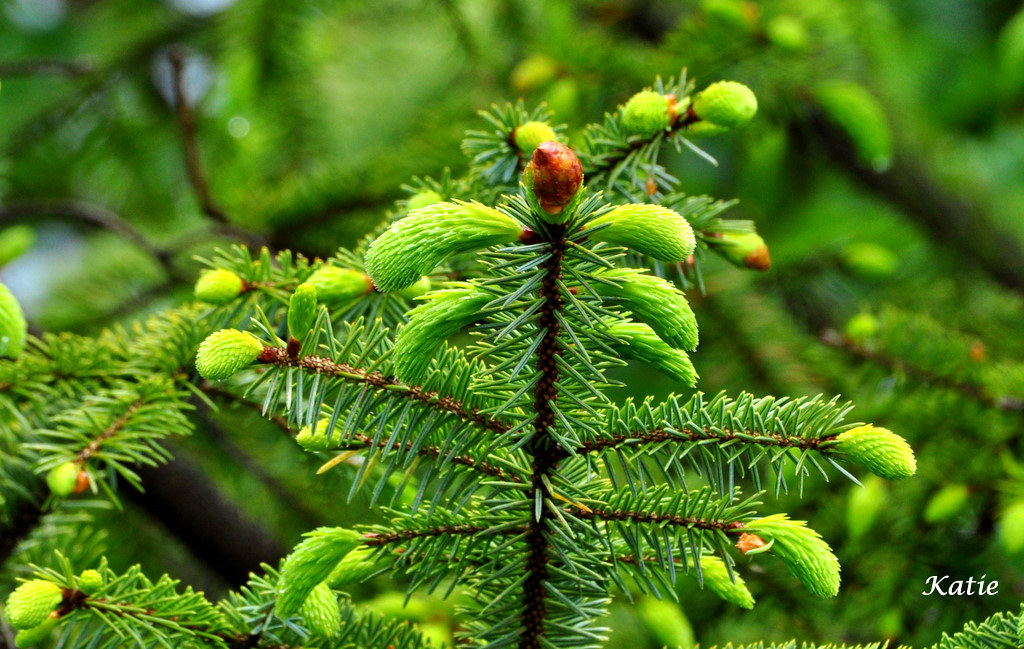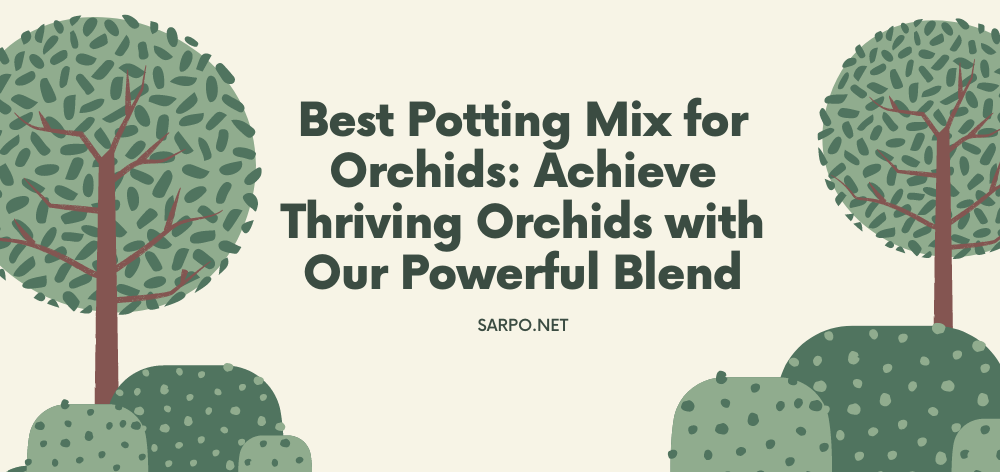Nurturing Life: A Guide to the Pregnant Onion Plant Care
The Pregnant Onion (Ornithogalum longibracteatum) is an intriguing bulbous plant. Please place it in bright, indirect light, water when the soil is dry, and ensure well-draining soil. During fall and winter, reduce watering during its dormant phase.
its bulbous base and slender, elongated leaves, this plant has become a favorite among plant enthusiasts. In this comprehensive guide, we delve into the world of the pregnant onion, exploring its care requirements, propagation methods, and the charm it brings to indoor spaces.
Despite its intriguing name, the pregnant onion is not an onion at all but a member of the lily family. Its distinctive appearance includes a swollen, onion-like bulb that stores water, allowing the plant to thrive in arid conditions. The long, strap-like leaves arch gracefully, creating an appealing aesthetic.
Care Tips for Thriving Pregnant Onions
Creating an optimal environment for your pregnant onion involves providing the right balance of light, water, and nutrients. Discover the ideal placement within your home, watering frequency, and the importance of well-draining soil to ensure the health and vitality of your plant.
The Pregnant Onion (Ornithogalum longibracteatum) is an intriguing plant known for its bulbous shape and unique growth habits. Proper care is crucial to ensure its health and well-being.
- Light: Pregnant Onions thrive in bright, indirect light. Place them near a window where they receive sunlight for several hours a day. However, they can tolerate lower light levels.
- Temperature: Maintain a moderate temperature for your Pregnant Onion. They prefer temperatures between 65-75°F (18-24°C) during the day and slightly cooler at night. Protect them from drafts and extreme temperature fluctuations.
- Watering: Allow the soil to dry between waterings. Overwatering can lead to bulb rot. During the growing season (spring and summer), water more frequently, reducing the frequency in fall and winter when the plant is dormant.
- Soil: Use a well-draining potting mix. A mix formulated for succulents or cacti works well. Adding perlite or sand enhances drainage and prevents waterlogging.
- Potting: Repot your Pregnant Onion when it outgrows its current container, typically every 2-3 years. Choose a pot with drainage holes to prevent water accumulation.
- Fertilization: Feed your plant with a balanced liquid fertilizer every 2-4 weeks during the growing season. Refrain from fertilizing during the dormant period.
- Dormancy: Pregnant Onions experience a dormant period in fall and winter. During this time, reduce watering and withhold fertilization. Keep the plant in a cooler environment.
- Pests and Diseases: Keep an eye out for pests like spider mites and mealybugs. Treat infestations promptly with insecticidal soap. Ensure good air circulation to prevent fungal issues.
- Propagation: Propagate Pregnant Onions through offsets, which are small bulbs that form around the main bulb. Separate and plant these offsets in a new container.
- Pruning: Remove any yellow or dead leaves regularly. This helps maintain the plant’s appearance and prevents the spread of diseases.
By providing the right conditions, regular monitoring, and appropriate care, your Pregnant Onion can thrive and become a fascinating addition to your indoor plant collection.
Pregnant Onion Plant Benefits
- Air Purification: Like many indoor plants, pregnant onions can help improve indoor air quality by absorbing pollutants and releasing oxygen.
- Aesthetics: Pregnant onions are appreciated for their unique appearance, making them a popular choice as decorative houseplants.
- Low Maintenance: These plants are often easy to care for, making them suitable for individuals who may not have a green thumb.
- Stress Reduction: Indoor plants, including pregnant onions, can contribute to a calming and stress-reducing environment.
While pregnant onions may not have specific health benefits beyond these general advantages associated with indoor plants, their presence can positively impact your living space and well-being.
Propagation Techniques for Growing Your Onion Family
Expand your collection by learning effective propagation techniques for the pregnant onion. From offsets to bulb division, explore the step-by-step methods to create new plants and share the joy of this unique succulent with friends and family.
Dealing with Common Challenges
Even the most seasoned plant enthusiasts encounter challenges. Uncover the common issues that may arise with pregnant onion plants, from pests to diseases, and learn how to address them effectively. Proactive care and early intervention can make a significant difference in maintaining the well-being of your plant.
Aesthetics and Decor: Styling with Pregnant Onion Plants
Beyond their inherent beauty, pregnant onion plants can be versatile decorative elements in your living space. Discover creative ways to incorporate them into your home decor, from standalone potted specimens to eye-catching arrangements with complementary plants.
The Symbolism Behind the Name
Explore the history and symbolism associated with the name “pregnant onion.” From cultural beliefs to folklore, understand the significance this plant holds in different societies and how it has become a unique and cherished addition to indoor gardens.
Celebrating Milestones: Flowering and Reproduction
Witness the joy of your pregnant onion plant reaching milestones such as flowering and reproduction. Understand the conditions necessary for the plant to produce its delicate, star-shaped flowers and the subsequent formation of new bulbs, continuing the life cycle of this fascinating succulent.
Is Pregnant Onion Plant Poisonous to Cats
Yes, the pregnant onion plant (Ornithogalum longibracteatum) is considered toxic to cats. It contains compounds such as saponins that can cause gastrointestinal upset, including symptoms like vomiting and diarrhea if ingested by cats. In some cases, ingestion of the plant may also lead to more severe symptoms.
To ensure the safety of your feline companions, it’s advisable to keep pregnant onion plants and other toxic plants out of their reach.
If you suspect that your cat has ingested any part of a pregnant onion plant or any other potentially toxic plant, seek veterinary attention immediately. It’s crucial to provide the veterinarian with information about the plant to facilitate appropriate and timely treatment.
Frequently Asked Questions:
Can you eat pregnant onion plant?
No, the pregnant onion plant (Ornithogalum longibracteatum) is not edible. It contains compounds that can be toxic if ingested. Avoid consuming any part of the plant, and if accidental ingestion occurs, seek medical attention.
How do you grow a pregnant onion plant?
To grow a pregnant onion plant, plant bulbs in well-draining soil, leaving the top half exposed. Water sparingly, allowing soil to dry between waterings. Provide bright, indirect light. Propagate through offsets or bulb division.
What is the meaning of pregnant onion?
“Pregnant Onion” refers to the Ornithogalum longibracteatum, a plant with bulbils resembling small onions. The name stems from the bulb’s appearance. Despite the name, it’s not an onion and is grown more for decorative purposes than culinary use.
In Conclusion
The pregnant onion plant, with its distinctive appearance and easy care requirements, stands as a testament to the beauty and resilience of nature. Whether you’re a seasoned plant enthusiast or a beginner, incorporating this unique succulent into your indoor garden can bring a sense of joy and connection to the wonders of the plant world. Nurture your pregnant onion with care, and watch as it becomes a captivating centerpiece in your home.
Related Articles
10 Best Small Evergreen Trees with Non Invasive Roots
 Dr Ahsanur Rahman, PHD
Dr Ahsanur Rahman, PHDPine Tree Rescue: Saving Pine Trees with Brown Needles
 Dr Ahsanur Rahman, PHD
Dr Ahsanur Rahman, PHD






